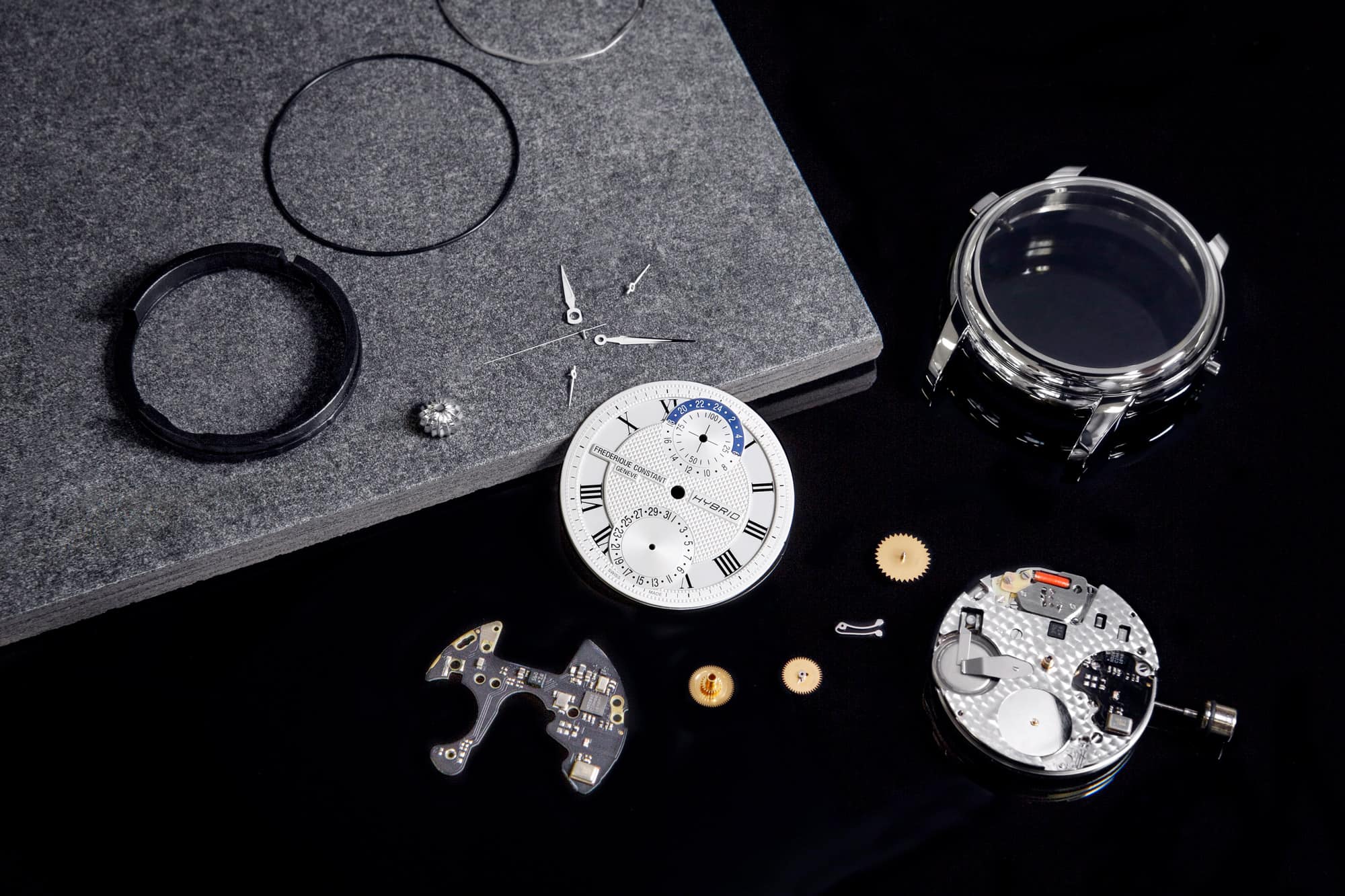Last week we attended the launch of Frederique Constant’s newest creation, the Hybrid Manufacture 3.0 smartwatch. It was an elegant event with various watches and movements on display for us media to ogle. There were also banners placed around the room with a graphic that I found curious: the word “HYBRID” with the “Y” highlighted in blue. As I took a precursory look at the watches, seeing that Frederique Constant had integrated their smart tech (vis-à-vis the Horological Smartwatch platform) into their in-house automatic movement, I felt the obvious question was simply “why?” (A question that, ironically, I felt was emphasized by their own signage.)
 Is this really the next step of the smartwatch that people have been asking for? Does an automatic watch need to track footsteps, sleep patterns, and other goals? If I do want those functions, do I really need to spend $3,500 to get them in order to have a classic watch as well? Doesn’t my cell phone do most of these things anyway?
Is this really the next step of the smartwatch that people have been asking for? Does an automatic watch need to track footsteps, sleep patterns, and other goals? If I do want those functions, do I really need to spend $3,500 to get them in order to have a classic watch as well? Doesn’t my cell phone do most of these things anyway?
I was admittedly a bit skeptical going in. It was during CEO Peter Stas’ introduction to the watches that my question of “why” was answered. Yes, the watch does what you’d expect from a fitness tracker (er, I mean, a smartwatch), and it has an app-controlled second-timezone (which is handy), but it also does something else. It’s something new and far more interesting—and it’s something actually horological.









 Featured Videos
Featured Videos











